1 Cải Thìa
Instead of discarding the unused parts of your spoon cabbage, you can use them to grow new plants. Keep the top leafy part for cooking, but retain about 2 cm of the stem near the root for replanting. Prepare a bowl of warm water and place the cabbage root in it, making sure only about two-thirds of it is submerged. Within a week, you can transplant your spoon cabbage into a pot or your garden, allowing it to continue growing.
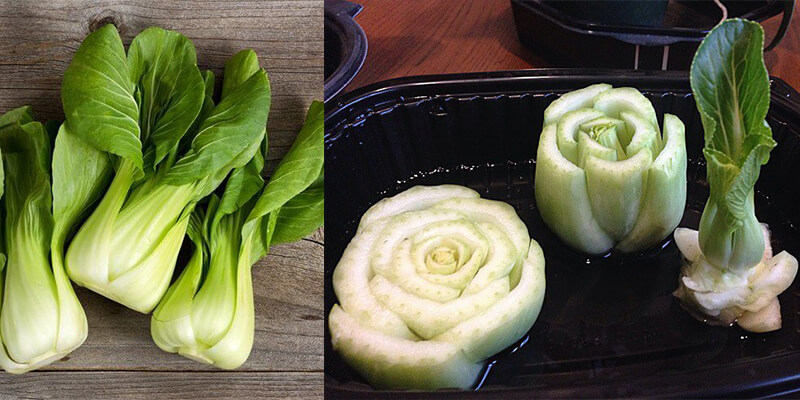 Cải Thìa
Cải Thìa
2 Cần Tây
For celery, retain the base and the stem near the root. Place it in a bowl of warm water, ensuring that the roots are submerged while the stem points upward. After about 5-7 days, transfer the celery to a pot filled with soil or directly into your garden.
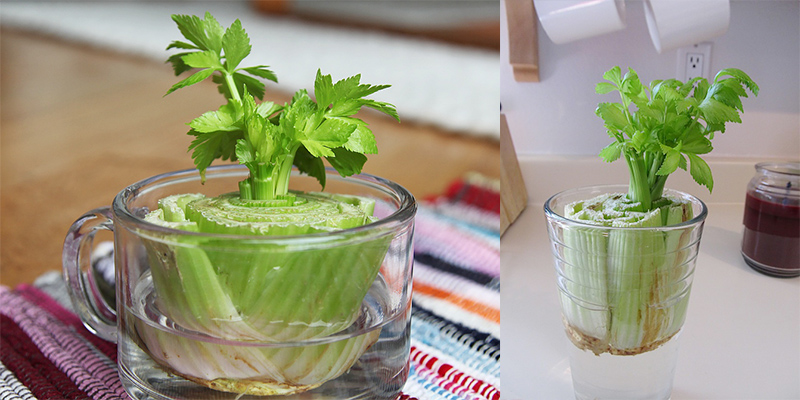
3 Hành Lá
If you have leftover scallions, place them in a glass of water and set them in a sunny spot. In a few days, you’ll see fresh green leaves sprouting, just like new. When you need some for cooking, simply snip off what you need with scissors, and the plant will continue to grow.

4 Cà Rốt
When cutting carrots, keep about 3 cm of the carrot top and place it in a tray of water. Set the tray in a bright spot, such as a windowsill or balcony. In a few days, you’ll see green leaves sprouting, which you can add to your salad for extra flavor.
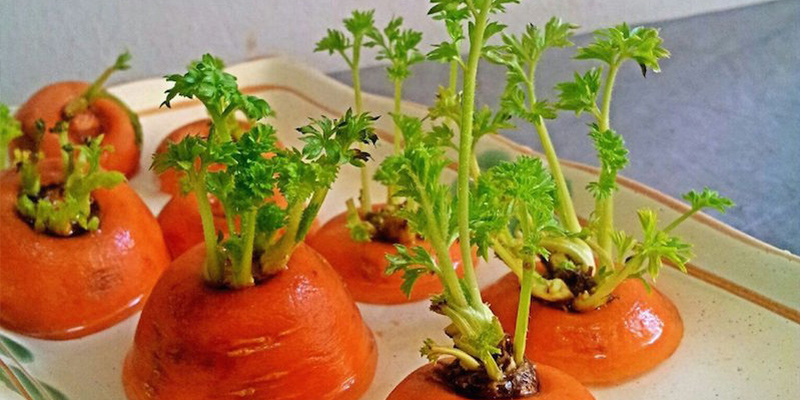
5 Tỏi
Garlic cloves can be planted to grow new garlic plants. Each clove will sprout a garlic shoot, which can then be planted in soil. When you notice garlic sprouting, place it in a shallow dish with a small amount of water. Once the garlic shoots are sturdy, transfer them to pots or your garden, covering the cloves with soil. In warm weather, the garlic roots will grow quickly and robustly.
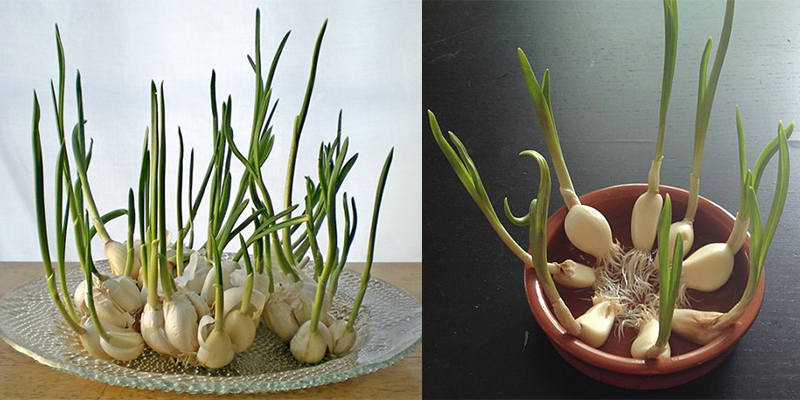
6 Húng Quế
When using basil, leave about 5-7 cm of the stem and place it in a glass of water. Keep it in a sunny spot, and remember to change the water regularly to prevent rot. Once the roots reach about 5 cm in length, transfer the basil to a pot with soil. Over time, the basil stem will grow new branches and stronger roots, becoming a full-fledged basil plant.

7 Xà Lách
To regrow lettuce, place the stem in water, making sure half of it remains above the water level. Maintain this water level to prevent the stem from rotting. Once the lettuce has developed roots, transfer it to a pot or your garden. In cool, bright conditions, lettuce will thrive without the need for additional fertilizer. You can also use this method to grow cabbage.

8 Rau Mùi
Place coriander sprigs in a glass of water, and they will soon develop roots and grow leaves. Once the roots are long enough, plant them in a pot and place it in a bright spot. Water the plant regularly, and within a month, you’ll have a thriving new coriander plant.
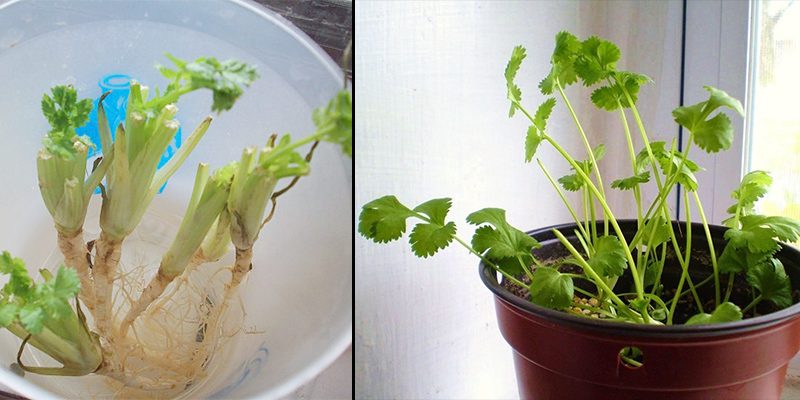
Home cooks can find joy not only in cooking but also in growing their favorite vegetables. Try these methods to regrow your favorite vegetables from scraps instead of throwing them away. Happy gardening!






























